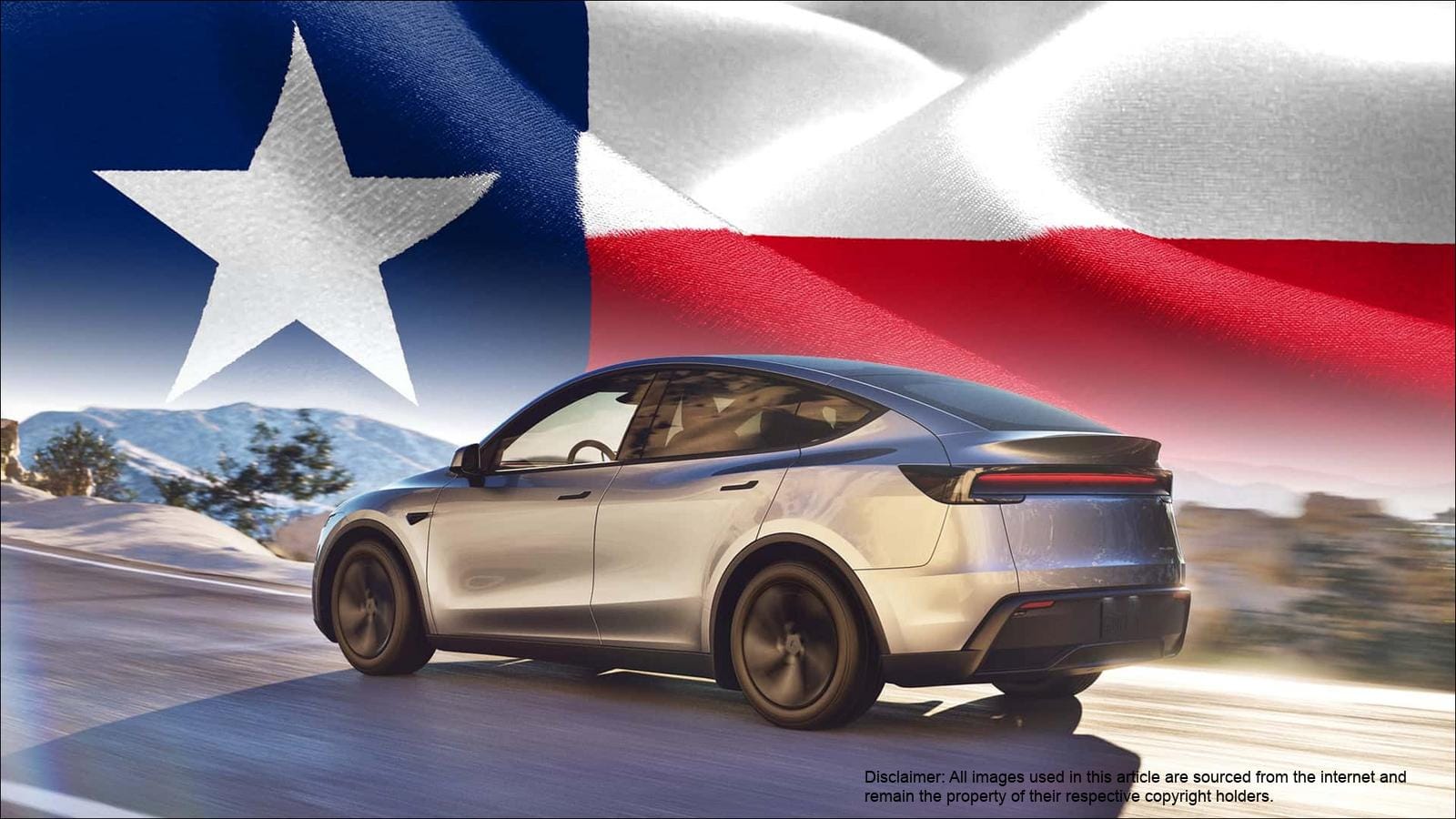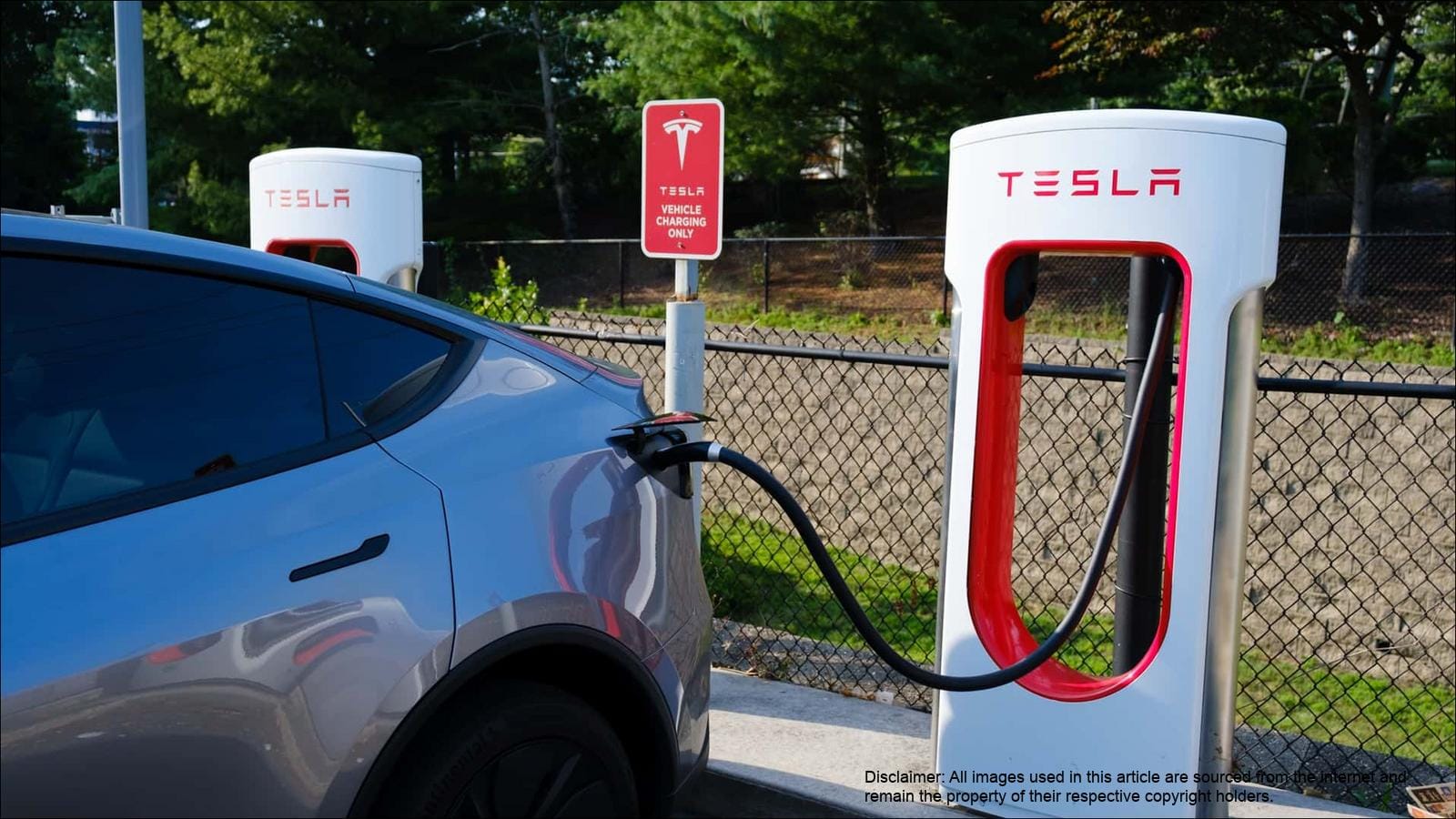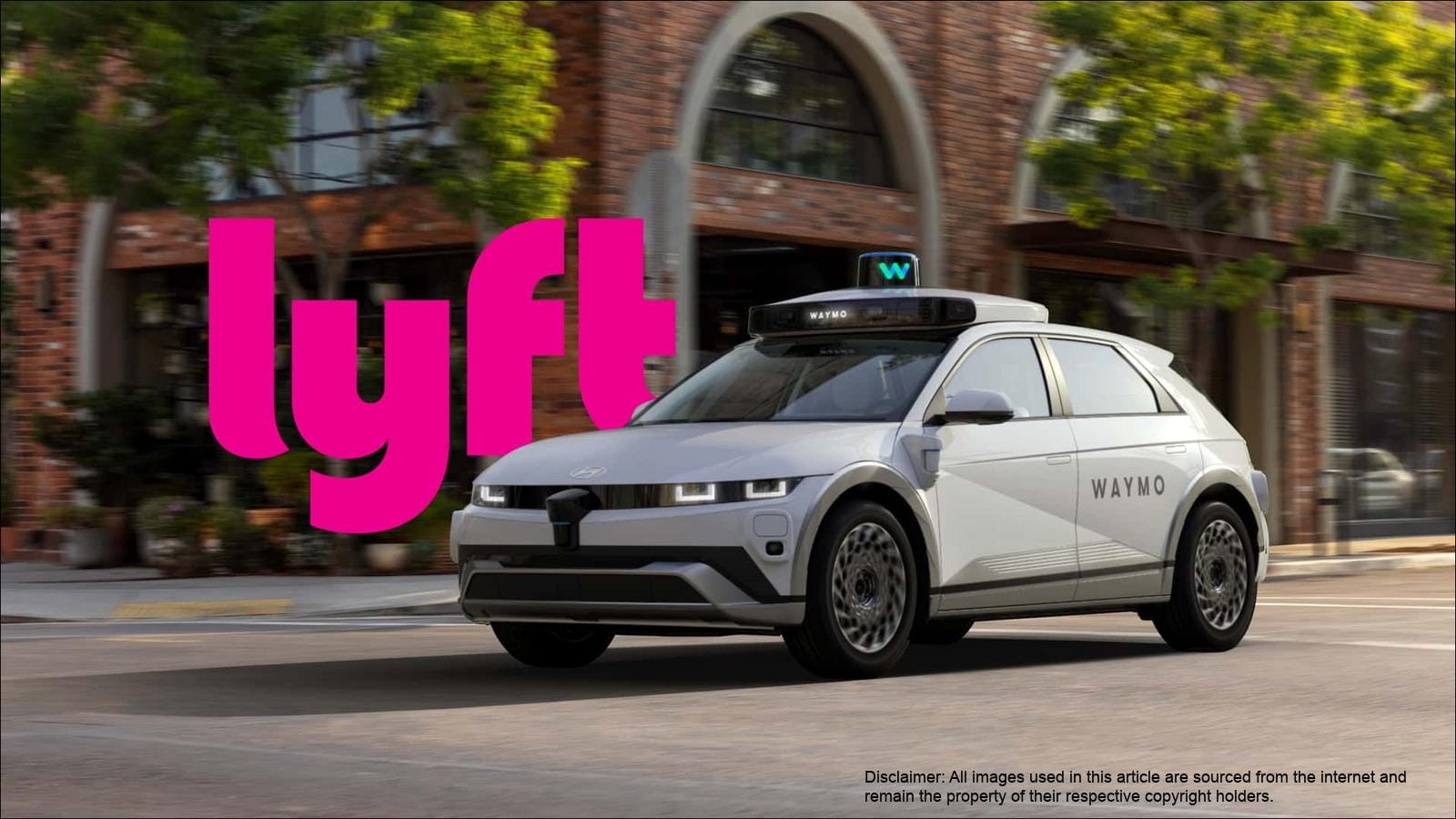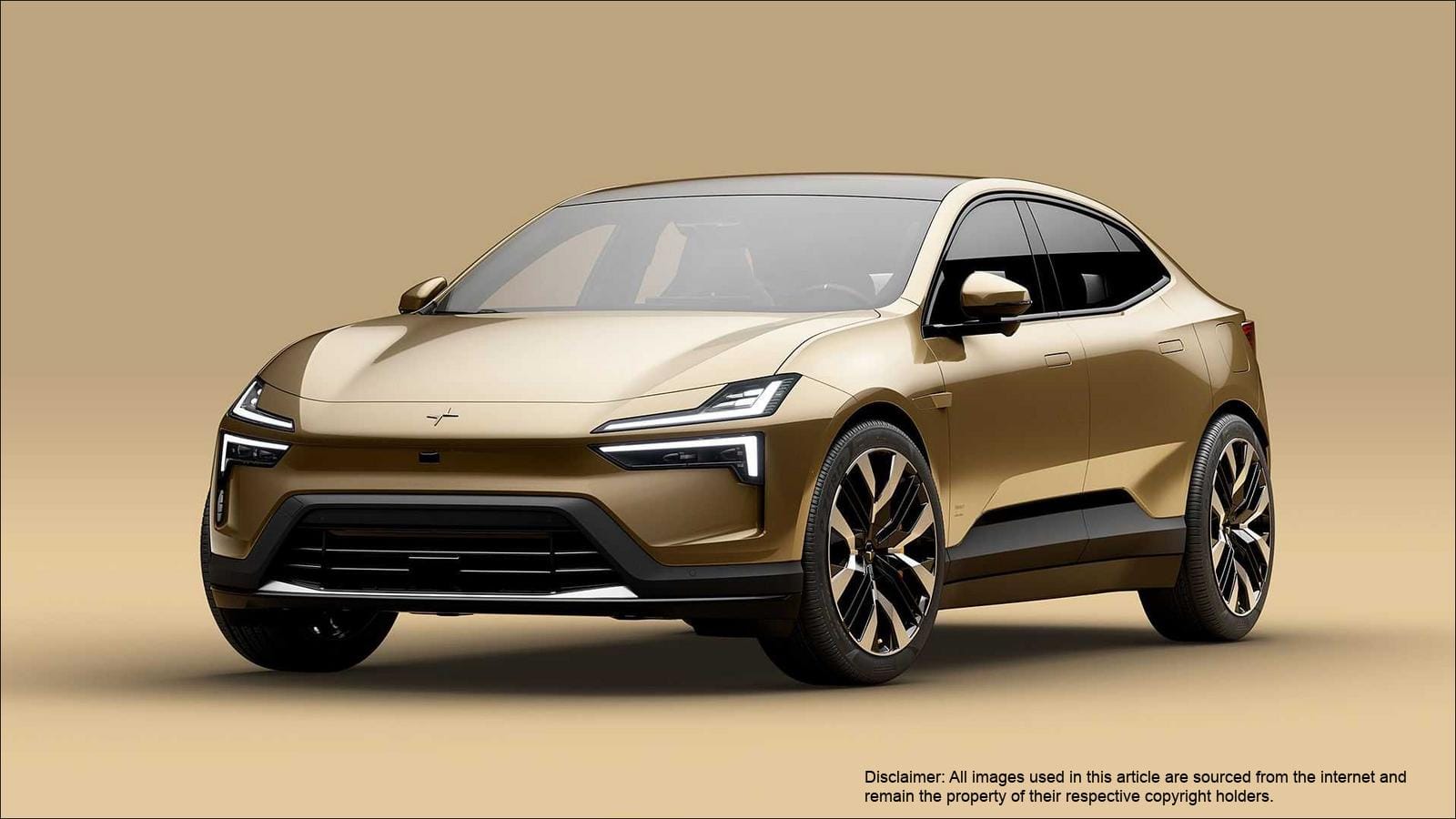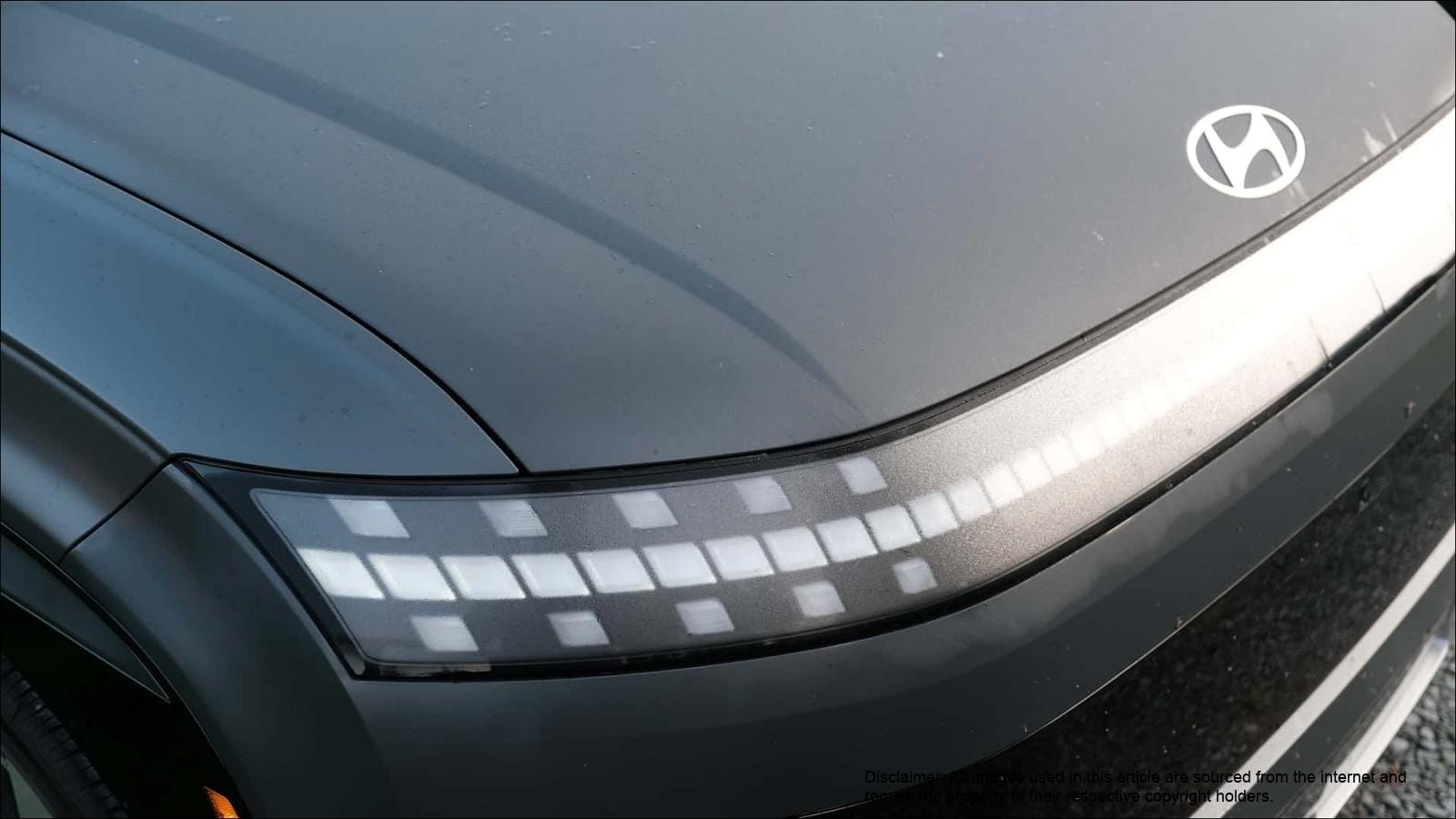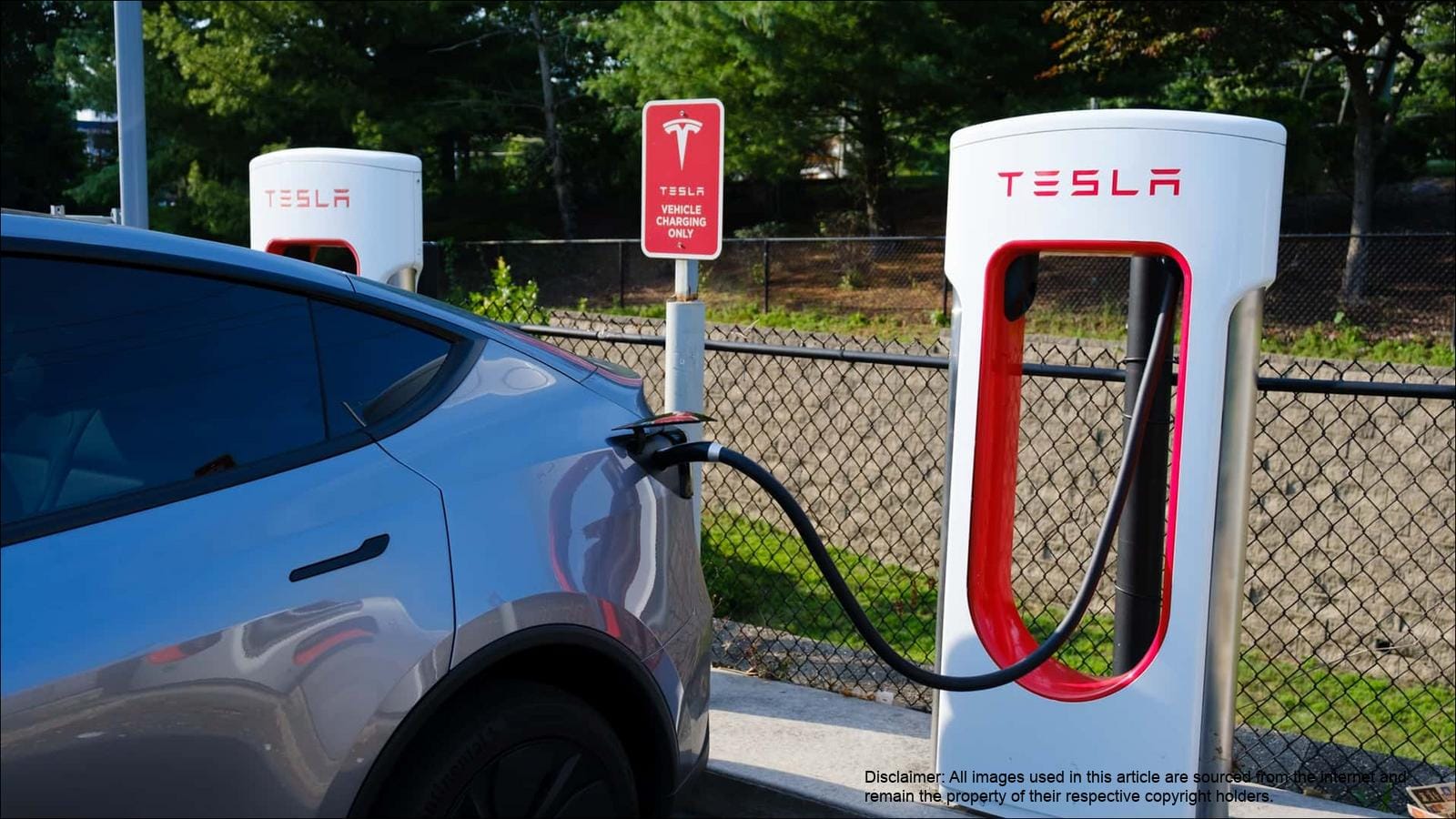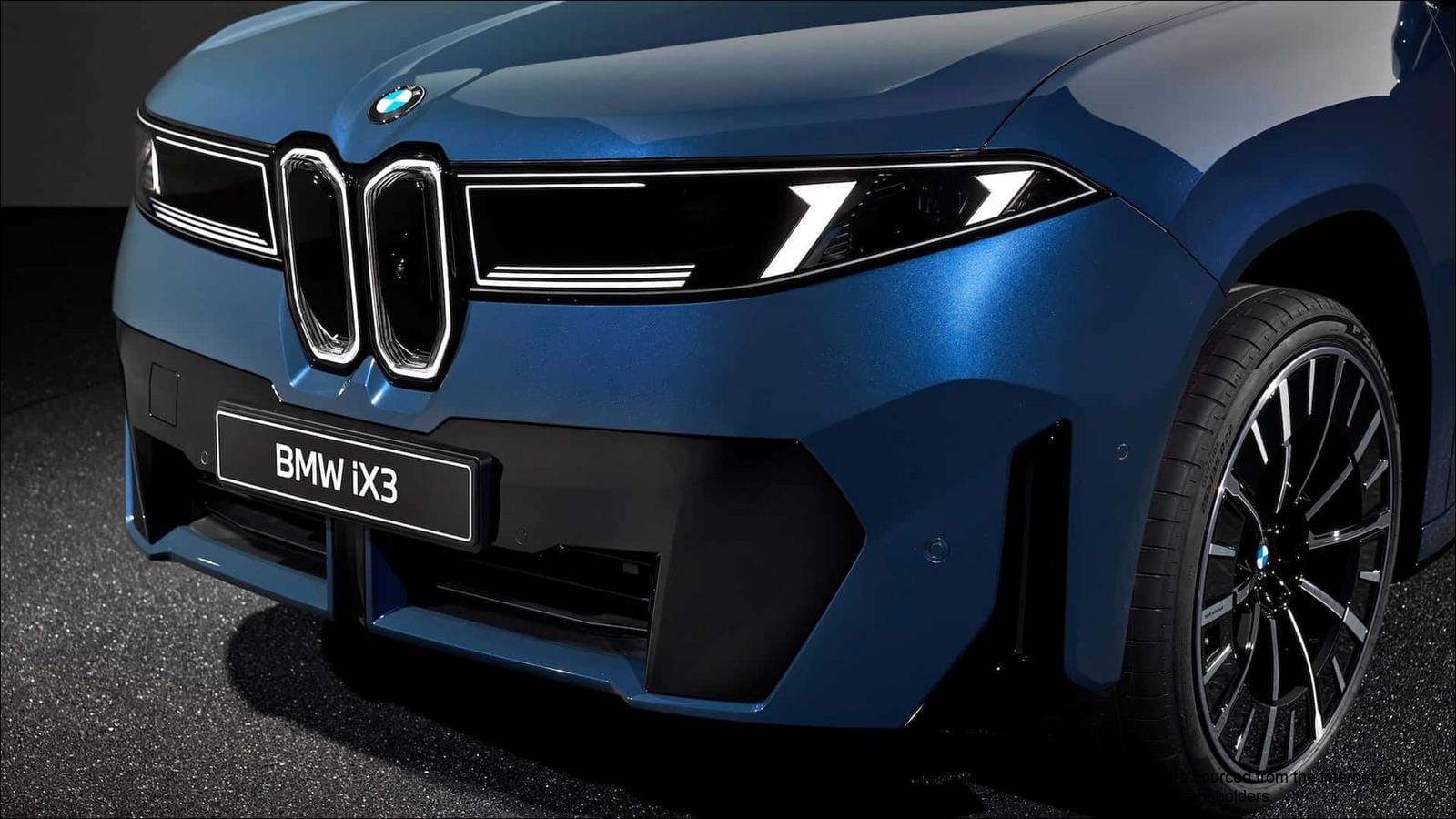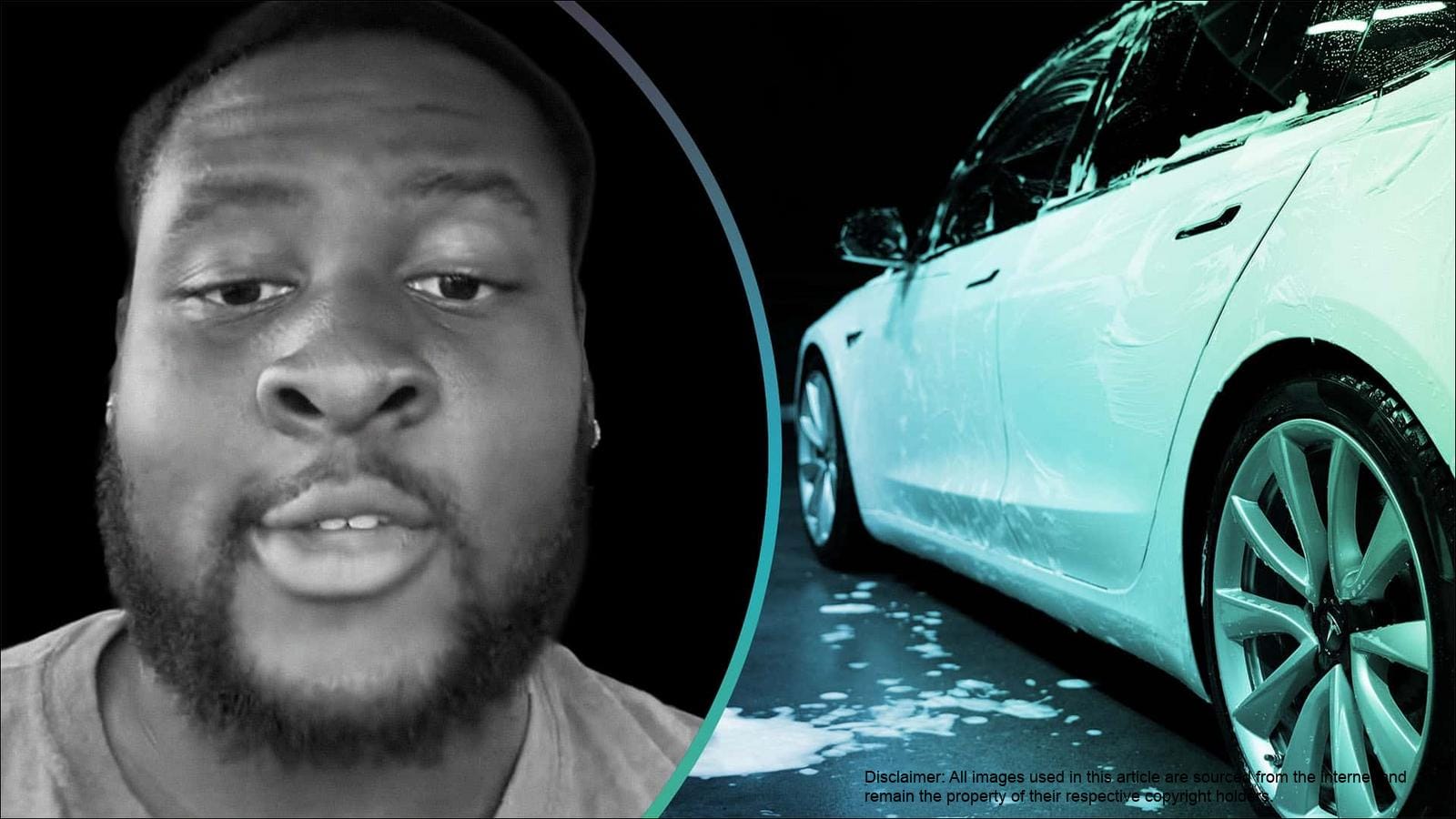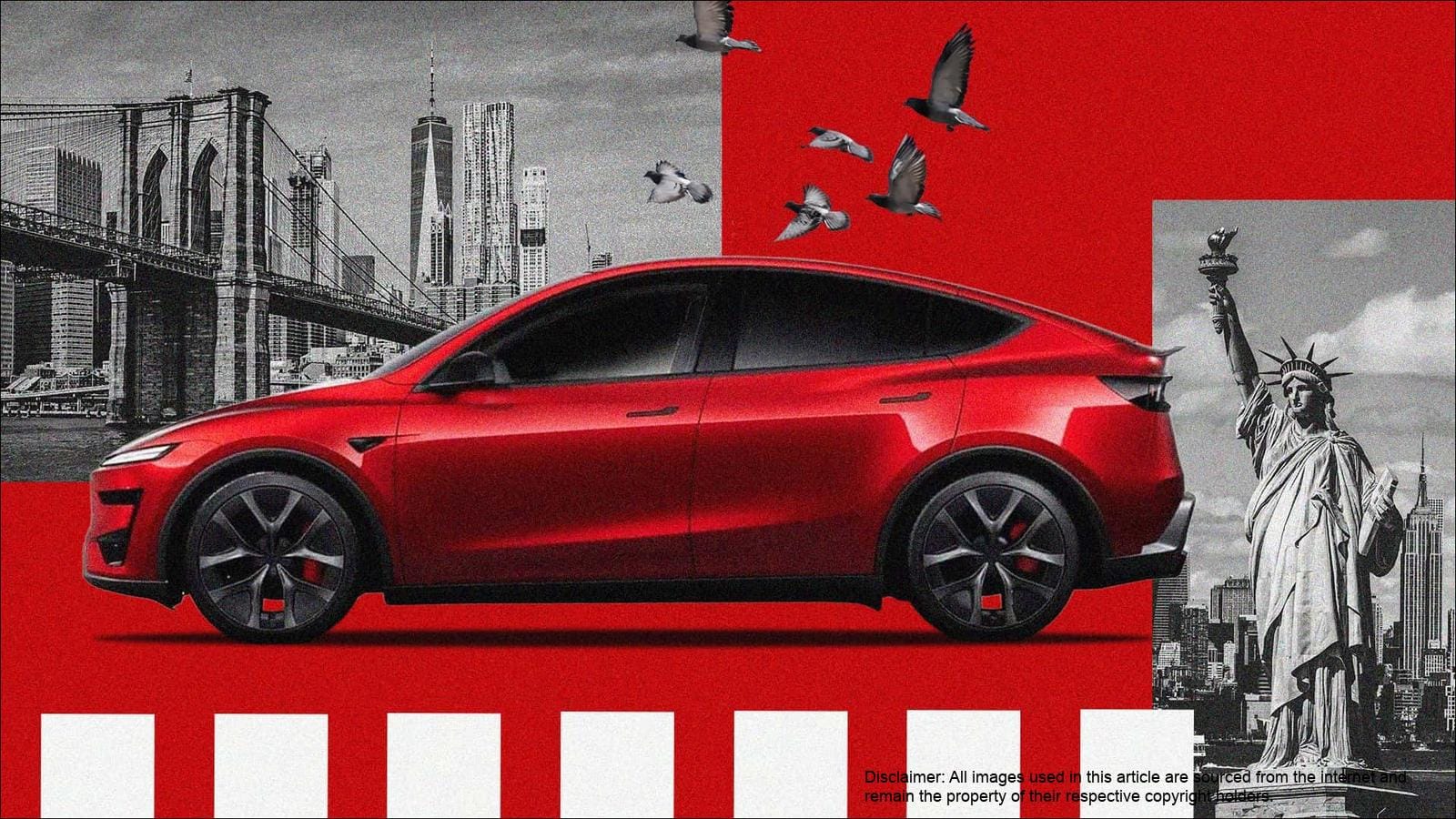A Cautious Approach Amidst High Stakes and Scrutiny
While the “ahead of schedule” testing is positive news for Tesla, it’s important to view this within a broader context. The company has a history of ambitious timelines for its self-driving technology, including the unfulfilled promise of a million robotaxis by the end of 2020 and a fully autonomous cross-country drive that has been anticipated for nearly a decade. This history fuels skepticism among critics.
Interestingly, Tesla appears to be adopting a more measured rollout strategy this time. The company plans to geofence the robotaxis to what it deems the “safest” parts of Austin and initially offer rides only to approved users. This represents a notable shift from the “move fast and break things” ethos often associated with Silicon Valley, likely influenced by the increased liability that comes with driverless operations. When there’s no one behind the wheel to take responsibility, safety understandably becomes paramount.
The initial fleet is expected to be small, likely between 10 and 12 Tesla-owned Model Y vehicles. However, Musk envisions rapid scaling, previously stating he believes the program “will probably be at 1,000 [cars] within a few months.” To support this, Tesla is reportedly hiring a team of human teleoperators. These individuals will monitor the fleet remotely and intervene if a vehicle encounters a confusing situation or malfunctions.
This cautious optimism is set against a backdrop of regulatory attention. The National Highway Traffic Safety Administration (NHTSA) recently sent Tesla a detailed list of questions about its planned robotaxi services in Austin and beyond, indicating that federal regulators are closely watching. Furthermore, the autonomous vehicle landscape is fraught with challenges. Cruise, GM’s self-driving arm, famously shuttered its operations after significant investment and safety incidents, serving as a stark reminder of the difficulties in scaling self-driving technology. With so much of Tesla‘s future valuation seemingly tied to cracking full autonomy, the stakes for this robotaxi venture could not be higher.
| Strategy Element | Details |
|---|
| Initial Fleet Size | Approximately 10-12 Tesla-owned vehicles |
| Expansion Goal (Musk) | Aiming for 1,000 cars “within a few months” |
| Safety Approach | Geofencing to “safest” areas; Cautious rollout |
| Rider Access | Approved riders only initially |
| Human Oversight | Hiring human teleoperators for remote monitoring and intervention |


